Avidesa
One of the few Spanish contributions to F3 racing, the Avidesa team employed the Selex company (q.v.) to produce a car for them in 1983 for their Spanish drivers Adrian Campos and Jose-Luis Lobelli. Selex had been producing neat, tidy F3 cars on and off since 1969 without any great success, this would be the Barcelona company’s last F3 car.
1983
The Avidesa 383 was a development of the 1982 Selex and was entirely conventional. Powered by an Alfa-Romeo engine there were several top ten finishes with a best of seventh at Jarama for Campos. Many felt the Avidesa had great potential but the team were hampered by the inexperience of Campos in setting up a car, the Spaniard had only done 5 races at the start of the season! Lobelli was more experienced but seemed to get second best in the equipment stakes and a broken ankle sustained in a fall from a transporter curtailed his season. For 1984 Avidesa bowed to the inevitable and bought a Ralt RT3 for Campos.
Driver
1983 Adrian Campos, Jose-Luis Lobelli.

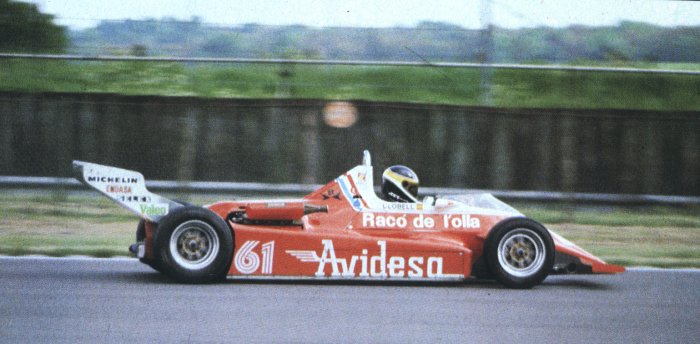
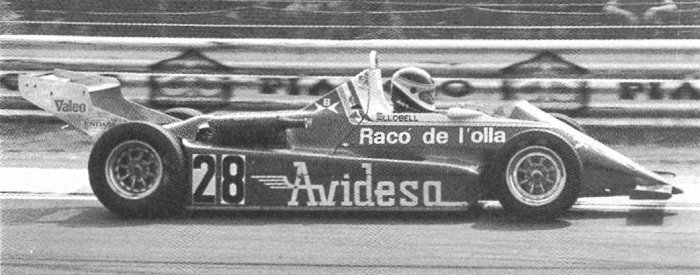
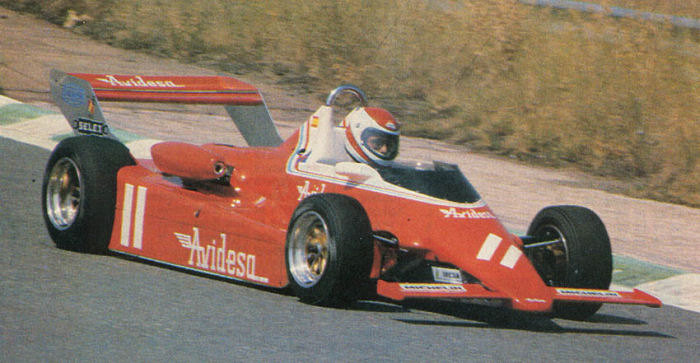

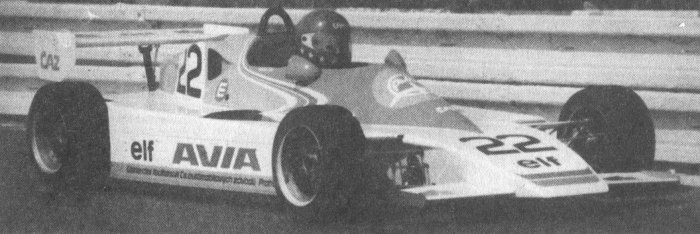


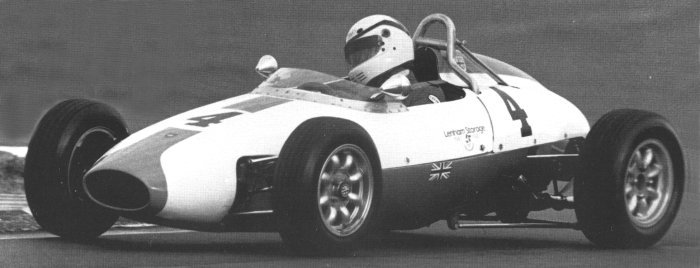

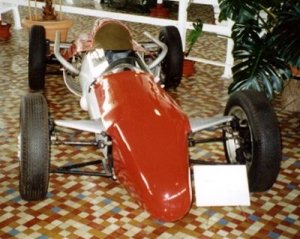




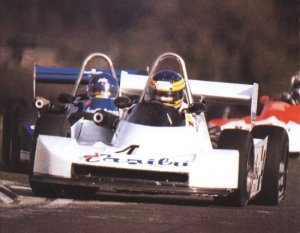
 A new car was needed for 1979 and the JM3 was the answer, it consisted of a slim monocoque with wide sidepods and one-piece bodywork. Racing Team Holland ran a pair without success so Roberto Guerrero became the focus of development. Towards the end of the season a revised car with stiffer suspension, monocoque and harder dampers was tried with some signs of improvement.
A new car was needed for 1979 and the JM3 was the answer, it consisted of a slim monocoque with wide sidepods and one-piece bodywork. Racing Team Holland ran a pair without success so Roberto Guerrero became the focus of development. Towards the end of the season a revised car with stiffer suspension, monocoque and harder dampers was tried with some signs of improvement.
